by Jan-Erik Nilsén
for shanghaibirding.com

If you are a regular user of this website, then chances are you have birded in Shanghai. Here I have, probably like every birder who has been there, a favorite that I must mention: Cape Nanhui. This, the most southeasterly point of the city-province, is easily accessible from the urban core of Shanghai, making it a perfect escape from the steel and concrete of the megacity. Instead of enduring an air quality index reaching unhealthful levels, you can enjoy the fresh breeze blowing in from the East China Sea.
For migrating birds, “Cape” Nanhui, so named because it is the promontory between the mouth of the Yangtze River and Hangzhou Bay, is a perfect stopover along the East Asian-Australasian Migratory Flyway. It provides wetlands, reed beds, mudflats, and sandy shores—a rich variation of habitat supporting a rich diversity of birds. Cape Nanhui’s microforests—patches of trees, some no larger than a tennis court, studding the coastline—are among the most perfectly located migrant traps one can find. Being the first stands of trees a migrating bird may see after crossing a long stretch of open water, the thickets are highly attractive, especially to forest birds. To a birder, peering into these copses is like opening a Christmas present.
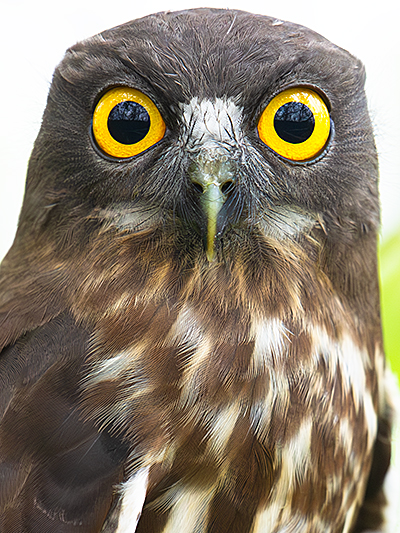
The gifts one unwraps are East Asian specialties such as Northern Boobook, Tiger Shrike, Bull-headed Shrike, Amur Paradise Flycatcher, White’s Thrush, Blue-and-white Flycatcher, Eastern Crowned Warbler, Kamchatka Leaf Warbler, Sakhalin Leaf Warbler, and half a dozen species of bunting. Some of the Japanese species dropping down here—Black Paradise Flycatcher, Japanese Thrush, Brown-headed Thrush, the exquisite Narcissus Flycatcher, and (Japanese) Yellow Bunting—can be difficult to find elsewhere in China.
During migration season and in winter, give Cape Nanhui a whole day. Chances are good something unexpected will pop up, such as Fairy Pitta, Middendorf’s Grasshopper Warbler, and Orange-headed Thrush.
Cape Nanhui also offers seaside mudflats good for East Asian specialties—Black-faced Spoonbill chief among them, plus Chinese Egret and Grey-tailed Tattler. The mudflats are more accurately silt-flats, the silt having been brought to the sea by the longest river in Asia and third-longest in the world: the Yangtze. This giant river has its mouth in Shanghai.
BIRDING THE BOHAI SEA COAST

Another river carrying tons of silt to the sea is the Yellow. Like the Yangtze, the Yellow River rises in Qinghai, from there meandering through seven more provinces before emptying into the Bohai Sea in Shandong, about 800 km (500 mi.) north of Shanghai. In its mid-reach the Yellow River traverses the Loess Plateau, eroding there much yellowish silt that it carries to the sea, tinting the water and giving the river its name. That same loess contributes to vast intertidal mudflats in the Bohai Sea. As I was based in Beijing during my years in China, the Bohai Sea mudflats, in particular those at Nanpu, Hebei, became an enduring attraction to me.
The most spectacular birding along the Bohai Sea occurs when the tide withdraws, exposing the mudflats and inviting thousands of hungry waders to the feast. As one hangs over one’s spotting scope studying a hundred-headed flock of waders that has just settled onto the flat, the flapping of another hundred sets of wings will be heard from above. Witnessing more than 10,000 Red Knot, Great Knot, and Dunlin, the birder experiences a rush of adrenaline. The birder has before him more waders to study than even the most accomplished ornithologist could fully appreciate.
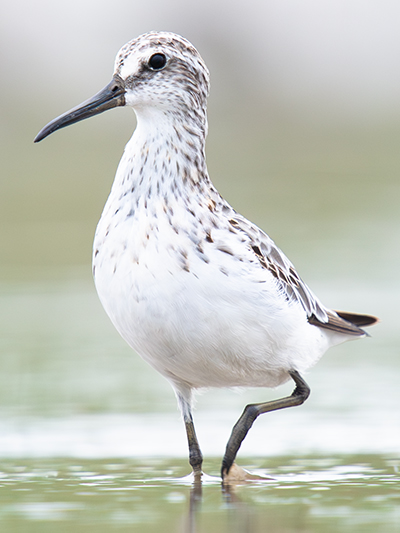
The cast is supported by Broad-billed Sandpiper, Terek Sandpiper, Siberian Sand Plover, and Greater Sand Plover. East Asian specialties abound—Far Eastern Curlew, Sharp-tailed Sandpiper, Asian Dowitcher. Perhaps even a Nordmann’s Greenshank, in its confident fashion, will step into your scope field; singles or small numbers of this highly endangered shank are regular in spring and nearly annual in autumn. The even more critically endangered Spoon-billed Sandpiper has been nearly annual in spring. In all, during a weekend in May or late August and early September, one can find 35 species of wader. On the mudflats also birders record modest numbers of Mongolian Gull and Saunders’s Gull and flocks of Relict Gull.
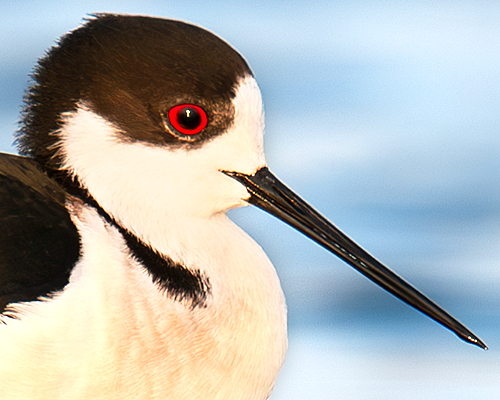
The waders follow the tide out, and after an hour they are too far out and you have to wait until the tide returns to get good views again. When the tide went out, I used to move a bit inland to the salt pans, which some waders actually prefer. The water levels in the salt pans are regulated, but when the level is right I have counted as many as 20,000 Pied Avocet (early October), 5,500 Black-winged Stilt (early August), 4,700 Black-tailed Godwit (mid-September), 19,000 Curlew Sandpiper (mid-May), and 6,000 Red-necked Stint (mid-May).
The salt pans attract non-waders as well. I have had high counts of 14,150 Common Shelduck (early October), 4,785 Black-necked Grebe (early October), 23,000 Black-headed Gull (mid-September), and 7,300 White-winged Tern (mid-August). Hundreds of Relict Gull can show up at the salt ponds as well, and in nearby wetlands I have counted 2,500 Falcated Duck (early April).
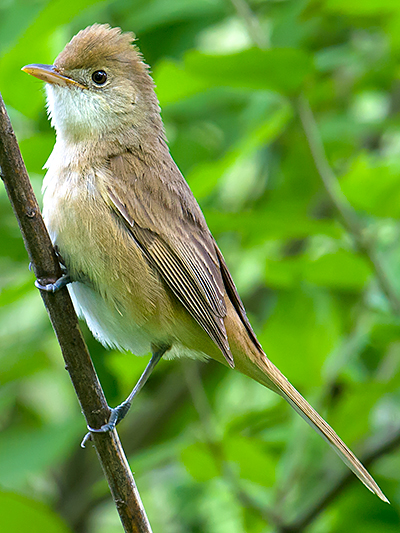
The area is also good for raptors and passerines, especially in autumn. During a single forenoon’s migration, exciting East Asian specialties such as Pied Harrier and Amur Falcon have passed by in numbers above a hundred, flying out over the sea just above one’s head. Thick-billed Warbler show just a glimpse before hiding in the scrub again, Dusky Warbler make their typical hard chack call from every bush, and Asian Brown Flycatcher and Dark-sided Flycatcher rest on the telephone wires. As you step into the scrub, a small, dark Lanceolated Warbler explodes out, flies a short distance, and dives back down. Buntings abound, in particular Tristram’s Bunting, Little Bunting, and Black-faced Bunting.
The breeding area of Relict Gull stretches from Kazakhstan in the west to Xinjiang, Mongolia, and the Inner Mongolian steppes. They winter along the Bohai Sea. I have recorded Relict Gull at several places already mentioned in this series, among them Xinjiang; Hulun Lake in Inner Mongolia; and Yeyahu-Duck Lake, Miyun Reservoir, and smaller wetlands in Beijing. To reach their favorite mudflats in the Bohai Sea, Relict Gull migrate from west to east.
In January 2020 I visited the Bohai Sea for the last time. It was a cold, bright, sunny winter’s day. I had Dunlin and Eurasian Curlew, each in numbers of a little more than a thousand, plus a few Mongolian Gull and Mew Gull. Cracked ice-flakes partly covered by the withdrawn tide exposed mud flats, where about 4,500 Relict Gull, 30 percent of the world’s population, showed up in one huge flock. It was as if they were bidding me farewell before I, a week later, ended my 12-year stay in China.
PHOTOS

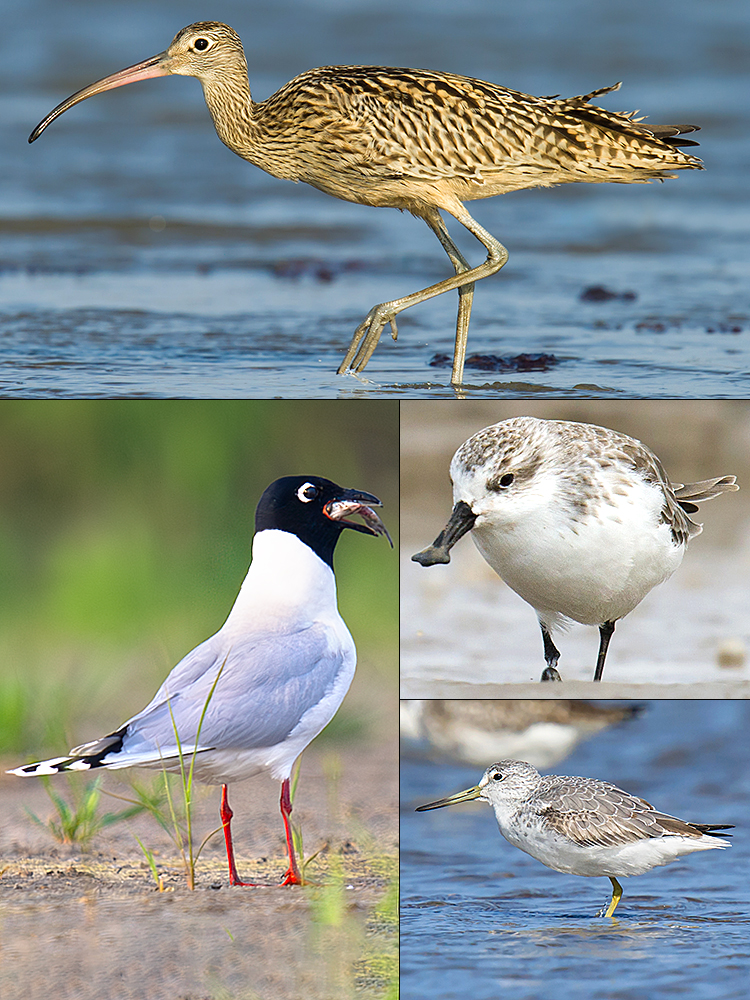
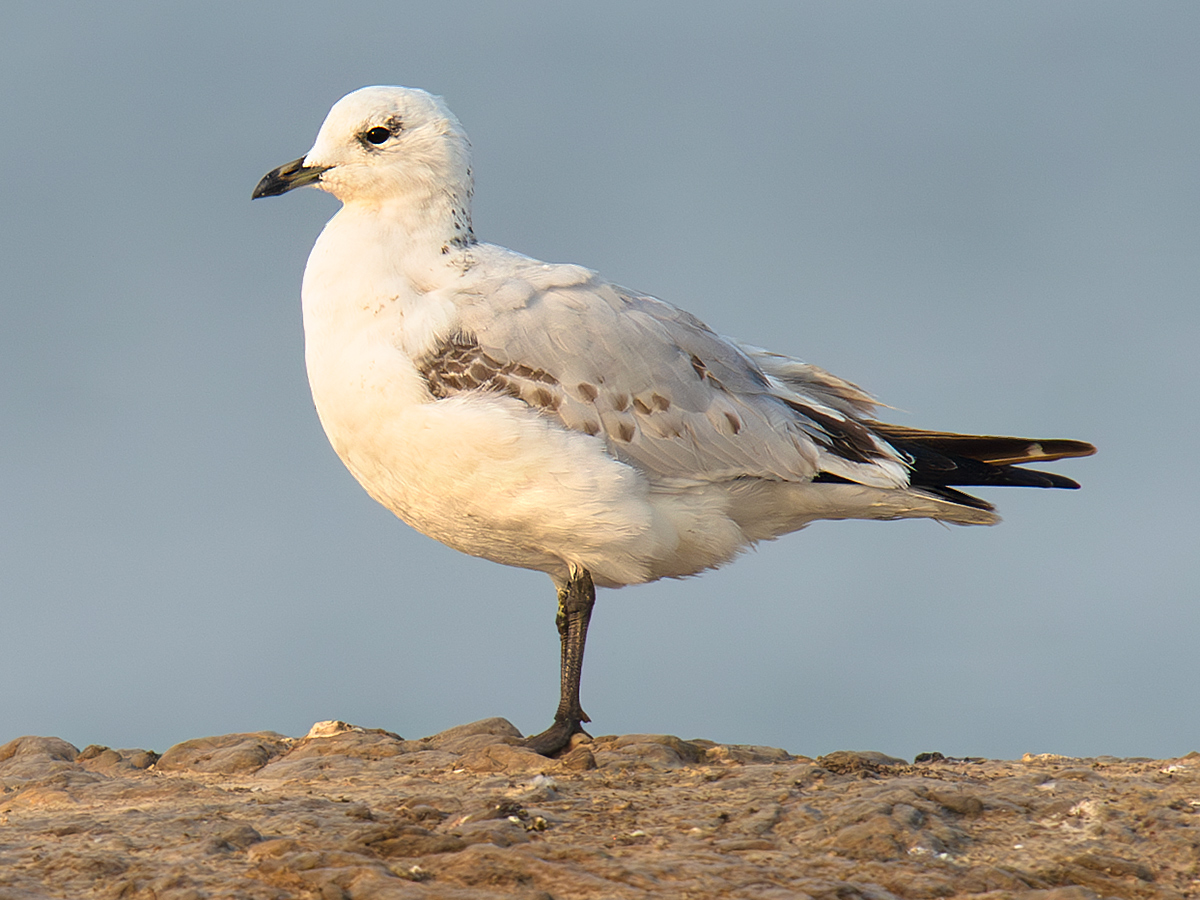
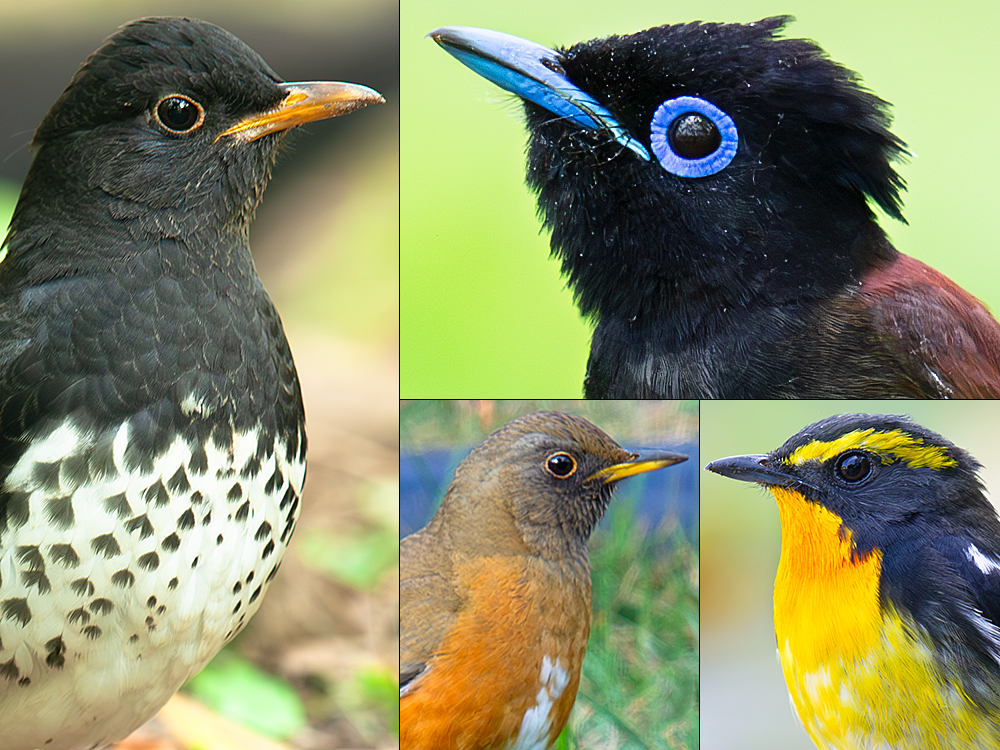
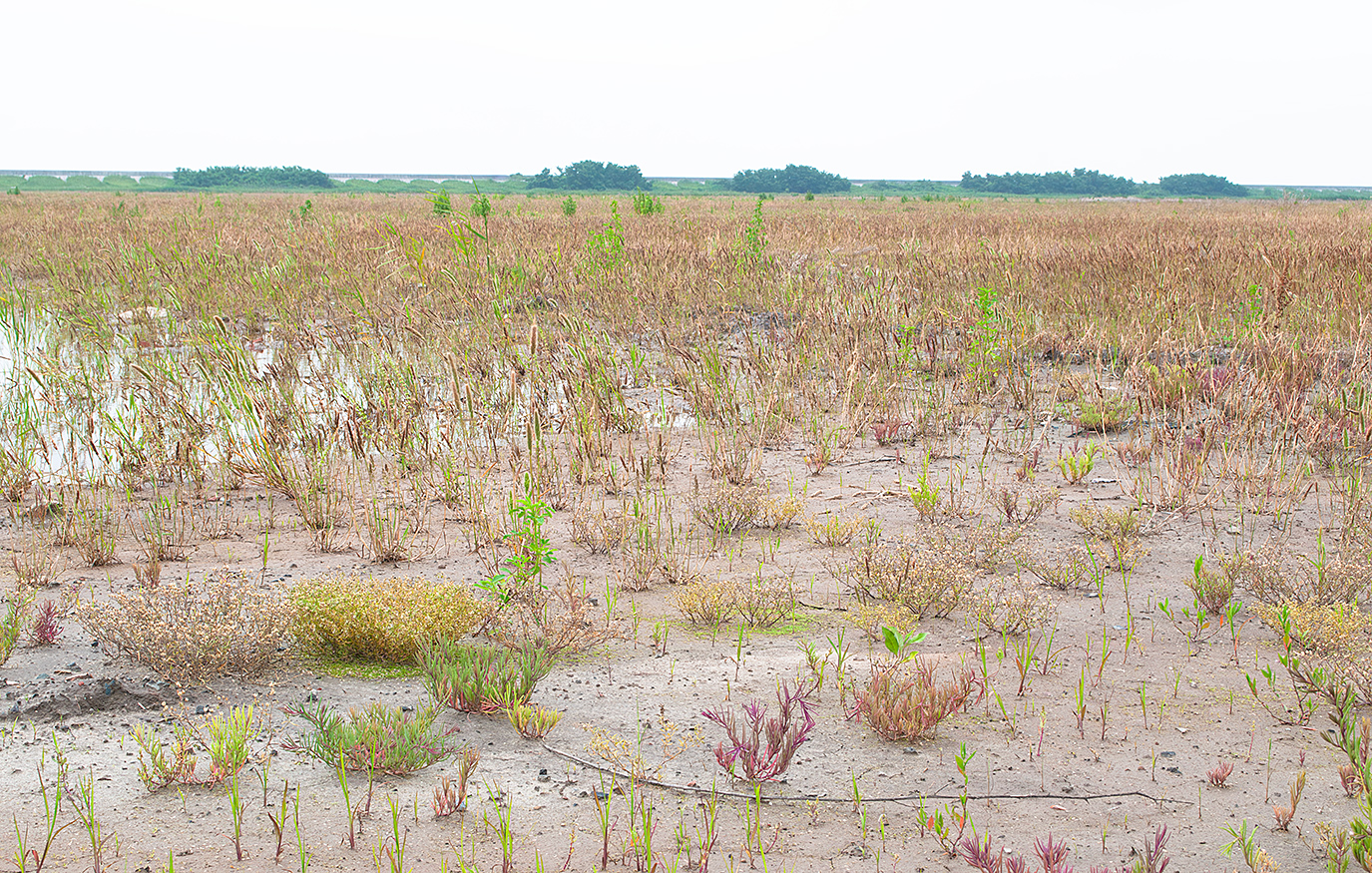
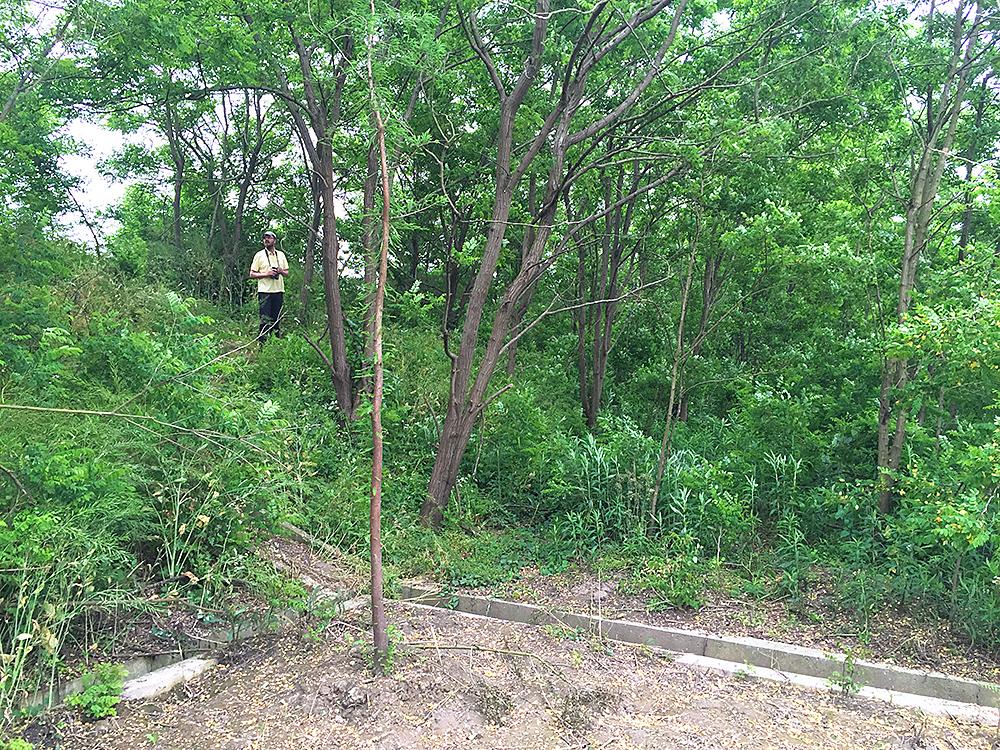

THE THRILL OF BIRDING IN CHINA
This is the fourth and final post in Jan-Erik Nilsén’s series on The Thrill of Birding in China. Read the preceding posts:

• The Thrill of Birding in China (Introduction): I stayed in China 12 years because I fell in love with the birding there, writes Swedish birder Jan-Erik Nilsén. China abounds in bird species because it is a large country on the Eurasian supercontinent with an endless array of habitats, from muddy seacoasts to high-altitude deserts. Forests in the north provide a link to Europe.
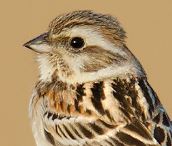
• The Thrill of Birding in Beijing: Expanding far beyond its urban core, the city-province of Beijing includes mountains, plains, lakes, and reservoirs. Miyun Reservoir delivers White-naped Crane and Jankowski’s Bunting, while the mountains hold East Asian classics Zappey’s Flycatcher and Grey-sided Thrush.
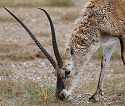
• The Thrill of Birding China’s Arid Interior: Inner Mongolia, Qinghai, and Xinjiang offer unmatched opportunities to birders. Near the Argun River in northern Inner Mongolia, I had Baikal Teal and Blyth’s Pipit, in Qinghai I found high-altitude specialist Güldenstädt’s Redstart and amazing mammals such as Tibetan Antelope, and in Xinjiang I ticked Central Asian specialties Red-fronted Serin and Eversmann’s Redstart.
• The Thrill of Birding Shanghai and the Bohai Sea Coast (you are here)
MORE ON BIRDING IN SHANGHAI
shanghaibirding.com is the world’s best website on birding in Shanghai. Study our most popular pages:
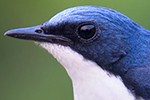
• Birding Cape Nanhui: Even in decline, the coastal area 85 km (53 mi.) southeast of downtown Shanghai is the premier birding spot in the city-province and one of the most famous birding sites in China. The microforests at Cape Nanhui are astonishingly effective migrant traps for woodland species such as Black Paradise Flycatcher and Siberian Blue Robin. The wetlands offer East Asian specialties Black-faced Spoonbill and Asian Dowitcher.
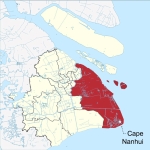
• Birding Sites Around Shanghai: Use this page to help you find the right spots for birding in Shanghai and further afield in east-central China. The Shanghai region comprises the city-province of Shanghai plus parts of neighboring Jiangsu and Zhejiang provinces. Habitats range from mudflats on the coast to wooded parks in the inner city and forested hills and mountains inland.
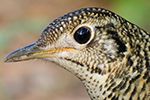
• Birding the Urban Center of Shanghai: Century Park in Pudong offers excellent birding and is easily accessible on Metro Line 2. Yellow-bellied Tit, White’s Thrush, Red-flanked Bluetail, and Daurian Redstart are among the East Asian specialties commonly noted at Century and other parks in the urban core.
Featured image: View of Yangtze River from Shanghai’s Hengsha Island, the skyscrapers of Pudong visible 38 km (24 mi.) in the distance. The largest city in China situated at the mouth of Asia’s greatest river, Shanghai is a city of superlatives—and contrasts. Shanghai is both an economic machine and a green city, the financial capital of China and a crucial stop for birds migrating on the East Asian-Australasian Migratory Flyway. During his many trips to the coastal megalopolis, Jan-Erik Nilsén gained a deep appreciation for the birding opportunities in Shanghai, especially at Cape Nanhui. (Craig Brelsford)
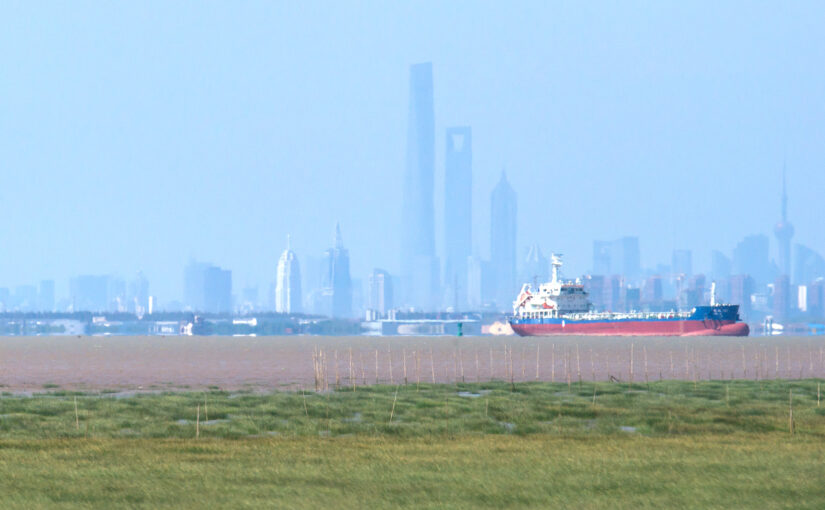

We found 1 spoonbilled sanpiper at Tianzini World Heritage Center in September. Kai’s blog on the closing of other spots covered the topic of how difficult this is now.
Took 1.5 days to do it !!
Hi,
I live in Motueka, New Zealand , on my door step is a wonderful sand spit in our summer roost site and feeding grounds for 2000 godwits. Red knots, the whimbrel.
I intend to visit the yellow sea where this year ‘our’ bar-tailed godwits have been recorded on their staging sites on route to Alaska.
I would be so grateful to have any news updates, thank you in anticipation.
Dear Christine, hello and welcome! This excellent post by our Jan-Erik is a great place to start. You have been added as a subscriber and will receive updates whenever we publish a post.